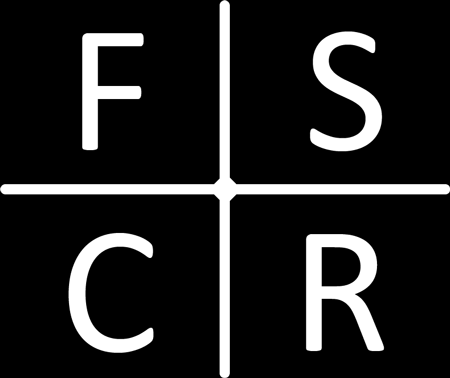What performance-related variables best differentiate between eliminated and qualified teams for the knockout phase of the UEFA Champions League by Carlos H. Almeida in Sport Performance & Science Reports
Abstract:
https://sportperfsci.com/wp-content/uploads/2018/04/SPSR25_Almeida-C_180417_final.pdf
Background:
The UEFA Champions League is the most prestigious football club competition worldwide (1). With that comes high levels of potential revenue, club reputation and ultimately fan expectation. Although this seasons competition has featured many different playing styles, match events such as total attempts, shots on targets and passing accuracy have previously been associated with success in the competition (1, 2). However, more recent performance-related variables have become evident within research which have displayed contradictory results.
Objective:
The study aimed to identify the team performance variables that best differentiate between eliminated and qualified teams for the knockout phase of the 2017/2018 UEFA Champions League.
Methods:
The sample consisted of all 98 matches during the group stage of the 2017/2018 UEFA Champions League. The study design was a retrospective observational study with a comparative data analysis. The 11 performance-related variables were split as follows;
- Variables related to goal scoring
- Total Attempts
- Shots on Target
- Variables related to passing and organising
- Ball Possession %
- Completed Passes
- Passing Accuracy %
- Variables related to defending
- Goalkeeper saves
- Balls recovered
- Fouls committed
- Yellow cards
- Red cards
- Variables related to physical performance
- Distance covered
Results:
The team performance variables that best differentiated between eliminated and qualified teams in the 2017/2018 UEFA Champions League were shots on target, total attempts, ball possession and completed passes. The opposite effect was seen for variables such as goalkeeper saves, fouls committed, yellow cards and red cards. This report may also confirm the claim that match running performance is a poor predictor is success in elite football (3).
Practical Application:
Given shots on target and total attempts seem to be major predictors of success in football, coaches are strongly encouraged to design SSG’s that incorporate full size goals and goalkeepers. Equally players should be challenged emotionally and behaviourally in stressful situations to build resilience against committing unnecessary fouls, and yellow and red cards which have been seen to be detrimental to performance.
References
1) Lago-Penas, C., Lago-Ballesteros, J., & Rey, E. (2011). Differences in performance indicators between winning and losing teams in the UEFA Champions League. Journal of Human Kinetics, 135-146.
2) Liu, H., Yi, Q., Gimenez, J.-V., Gomez, M.-A., & Lago-Penas, C. (2015). Performance profiles of football teams in the UEFA Champions League considering situational efficiency. International journal of performance analysis in sport, 371-390.
3) Buchheit, M., Modunotti, M., Stafford , K., Gregson, W., & Di Salvo, V. (2018). Match running performance in professional soccer players: Effect of match status and goal difference. Sport performance and science reports.
